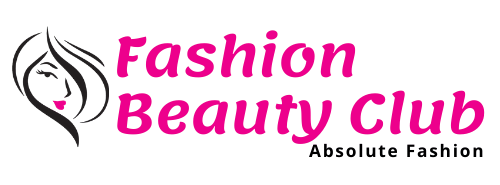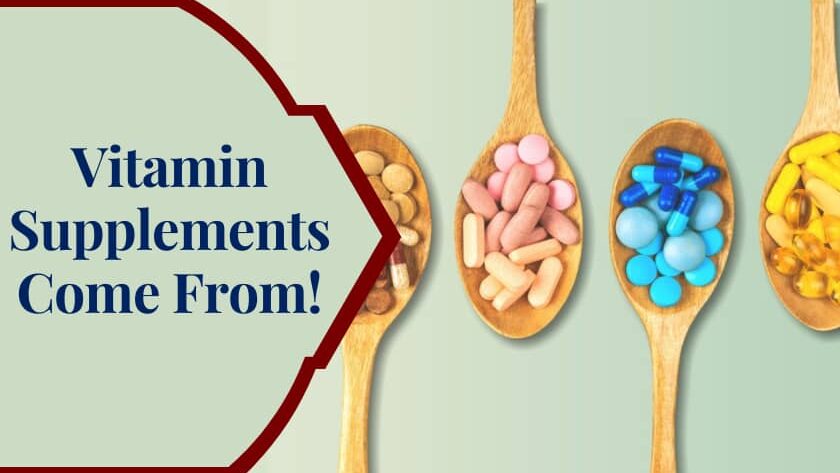I don’t know you, yet since I gulped my first Flintstones chewable, I imagined nutrient enhancements coming from an enchanted fairyland where wizards would crush every one of the supplements from entire vegetables and natural products.
Do you have these dreams as well?
How are nutrients made?
Individuals who utilize nutrient enhancements probably start with simple goals. Yet, where do these items come from? Do you want the highest quality SARMs for your body? If that’s the case, give Chemyo a shot. They sell high-quality SARMs that can help you build bulk bodies in less than a month. By using the Chemyo Discount Code, you can get 30% off your order right now.
Are nutrient enhancements any more regular than white flour or drugs?
Where do nutrient enhancements come from?
At the point when individuals consider drugs, most think “fake.” When individuals consider nutrient enhancements, most think “regular.”
Yet, the two medications and nutrient enhancements can be fake or normal. Numerous nutrient enhancements created today are counterfeit.
The universe of “normal” isn’t all hopscotch competitions and pixie moves in the interim. Poison hemlock, psychedelic mushrooms, rhubarb leaves, and growing kidney beans are regular and possibly dangerous. There are six classifications of supplements utilized in the assembling of nutrient enhancements.
Normal Source
These incorporate supplements from vegetable, creature, or mineral sources. Models incorporate vitamin D from fish liver oils, vegetable oils, and regular beta-carotene. In any case, before making it into the enhancement bottle, they go through colossal handling and refining.
When a nutrient is checked “normal,” it just needs to incorporate 10% of genuine regular plant-determined fixings. The other 90% could be engineered. Consider vitamin E tocopherols, which can be disengaged from vegetable oils (regularly soybean, because of low expenses).
First, the soybeans are squashed, and the protein is eliminated by precipitation. Second, the resultant oil is refined off to become packaged vegetable oil. Third, the leftover materials are solubilized to eliminate any carbs. Fourth, the vitamin E is dissolvable and removed away from the excess waxes and lecithin.
Engineered alpha-tocopherol is a mix of eight isomers, regular alpha-tocopherol is only one isomer, and consuming different isomers can diminish bioavailability.
Regular vitamin E – notice the D-alpha tocopherol
Manufactured vitamin E (notice the dl-alpha)
Another model is nutrient D3.
The assembling begins with 7-dehydrocholesterol (generally from fleece oil), transforming into cholecalciferol (nutrient D3) when presented to bright light.
Nature-indistinguishable engineered
They incorporate supplements made in a lab with the sub-atomic design indistinguishable from similar accessories happening in nature. Producers frequently lean toward this cycle because of the expense and shortage of regular assets. Most standard nutrient enhancements available today are of this sort.
A model here would be L-ascorbic acid. L-ascorbic acid is a feeble corrosive. Many enhancements utilize salt structures (sodium ascorbate, calcium ascorbate, magnesium ascorbate) to diminish acridity. Most L-ascorbic acid as of now produced is manufactured, coming from China.
The most well-known type of manufactured L-ascorbic acid is ascorbic corrosive. Typically happening, L-ascorbic acid is a similar atom as engineered ascorbic caustic. However, ascorbic corrosive is found inside the L-ascorbic acid complex among different mixtures in food. In supplements, the ascorbic sarcasm is regularly obtained from corn starch, corn sugar, or rice starch in supplements and is synthetically subject to unpredictable acids.
China created the technique for L-ascorbic acid combination utilizing two-venture maturation during the 1960s:
Ascorbic corrosive creation. From: Vandamme EJ. Design of nutrients, coenzymes, and related biochemicals by biotechnological processes. J Chem Tech Biotechnol.
Rigorously engineered
Centrum is Engineered
These supplements are created in a laboratory and are not the same as those found in nature. Manufactured nutrients may have similar compound constituents but differ in shape (optical action).
It is significant because a portion of the proteins in the human body work appropriately with a nutrient of the right shape. When we give the body concentrated types of engineered supplements, it doesn’t consistently seem to have a proper conveyance framework.
Beginning materials for stringently engineered enhancements can be anything from coal tar to oil to acetylene gas. These enhancements are made in offices through substance controls determined to copy the design of the separated nutrient. Explicit recipes for the cycle aren’t made accessible to general society (sorry, I attempted).
A model is vitamin B1. Coal tar is a broadly involved primary substance for this nutrient – commonly a translucent yellow coal tar (indeed, this implies it’s from coal, a non-renewable energy source). Hydrochloric corrosive is regularly added to permit precipitation.
Then, at that point, maturation, warming, cooling, and different advances are finished until a last engineered nutrient is made. It’s then, at that point, dried and tried for virtue before being sent to wholesalers.
Presently, the cycle is unique to get a characteristic vitamin B1 supplement. The food containing the ideal nutrient is reaped and cleaned (suppose raw grain). It’s then, at that point, set in a tank to be blended in with water and sifted to make a concentrate and eliminate fiber (dissimilar to in entire food sources, where you need fiber).
The post-filtration concentrate of the obtained food contains the supplements found in the first complete food. It’s then, at that point, dried and prepared for bundling.
Food refined
Illustration of an “entire food” named supplement
It includes a similar cycle behind refined food sources like yogurt, kefir, miso, and sauerkraut. Supplement supplements are regularly filled in yeast or green growth. Refined all by itself makes supplements and can make them more bioavailable.
Natural substances (minerals and a few engineered supplements) are added to yeast/green growth suspensions, which concentrate inside cells. The yeast/green growth is reaped, cracked, and made into a nutrient enhancement. The hypothesis here is that yeast/green growth contains the supplements taken care of in an entire food complex.
Now and again, refined food nutrients are joined with manufactured nutrients to build power (i.e., to knock up the milligram/microgram rely on the mark) since most have a low strength all alone. Keep in mind counting the milligrams of an engineered nutrient probably won’t be practically identical to what in particular’s found in entire food varieties.
Food-based
One sort of food-based enhancement is made by enzymatically responding manufactured and regular nutrients with separates containing vegetable proteins and afterward making this an enhancement. It isn’t food refined because the supplements are not developed into an entire food, as in the yeast/green growth suspensions.
Makers don’t frequently utilize focuses or extricate from entire food sources because of low supplement power, fluctuating supplement levels, and restricted time frame of realistic usability. Supplements are effectively debased by heat, pH changes, light, and oxygen.
Food-based type of L-ascorbic acid
What should you be aware of?
Nutrient enhancements: Full-scale nutrient creation began during the 1930s with far and wide dispersion after World War II. Presently, around 1/3 of Americans use nutrient enhancements.
Supplements from food?
Many people are keen on nutrient enhancements since they dread they don’t have adequate supplements from food. The USDA has announced that the supplement content of vegetables has fallen starting around 1973. Retention can go from 20 to 98% of the nutrients we ingest from entire food. It is a beneficial concern: supplements can be lost from soil because of composts, pesticides, herbicides, water systems, cultivating rehearses, and different causes.
Do nutrient enhancements forestall illness?
Different surveys have inferred that past therapy of inadequate nutrient enhancements doesn’t advance wellbeing or forestall cardiovascular sickness and disease. A recent report in JAMA reasoned that grown-ups would be in an ideal situation taking a multivitamin supplement every day. The creators didn’t determine manufactured or normal.
The information demonstrates that nutrient enhancements can prompt more malignant growth (explicitly bosom and prostate), cardiovascular sickness, kidney harm (in those with diabetes), and breaks while not forestalling diseases and days off.
It is vital to the odds that specific persistent sicknesses can increase for individuals lacking particular micronutrients. The American Dietetic Association (ADA) suggests that the best wholesome system for ideal wellbeing and lessening the danger of persistent sickness is to pick a wide assortment of entire food varieties.
Other Nutrient Sources
Regardless of whether you’re not popping nutrient enhancements every day, on the off chance that you polish off invigorated food varieties (think oats, bowls of milk, loaves of bread, supper substitution shakes, and so on), it isn’t easy to stay away from manufactured nutrients.
According to the (NIHR) National Institutes of Health report, individuals who drink a high amount of single supplement supplements and braced food varieties alongside multivitamin/mineral supplements are at risk of side effects.




